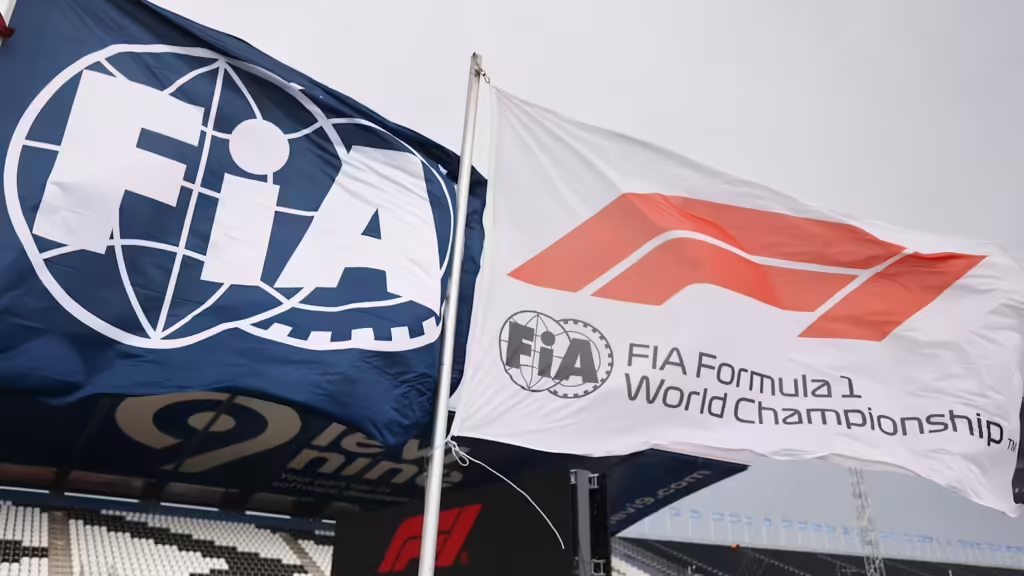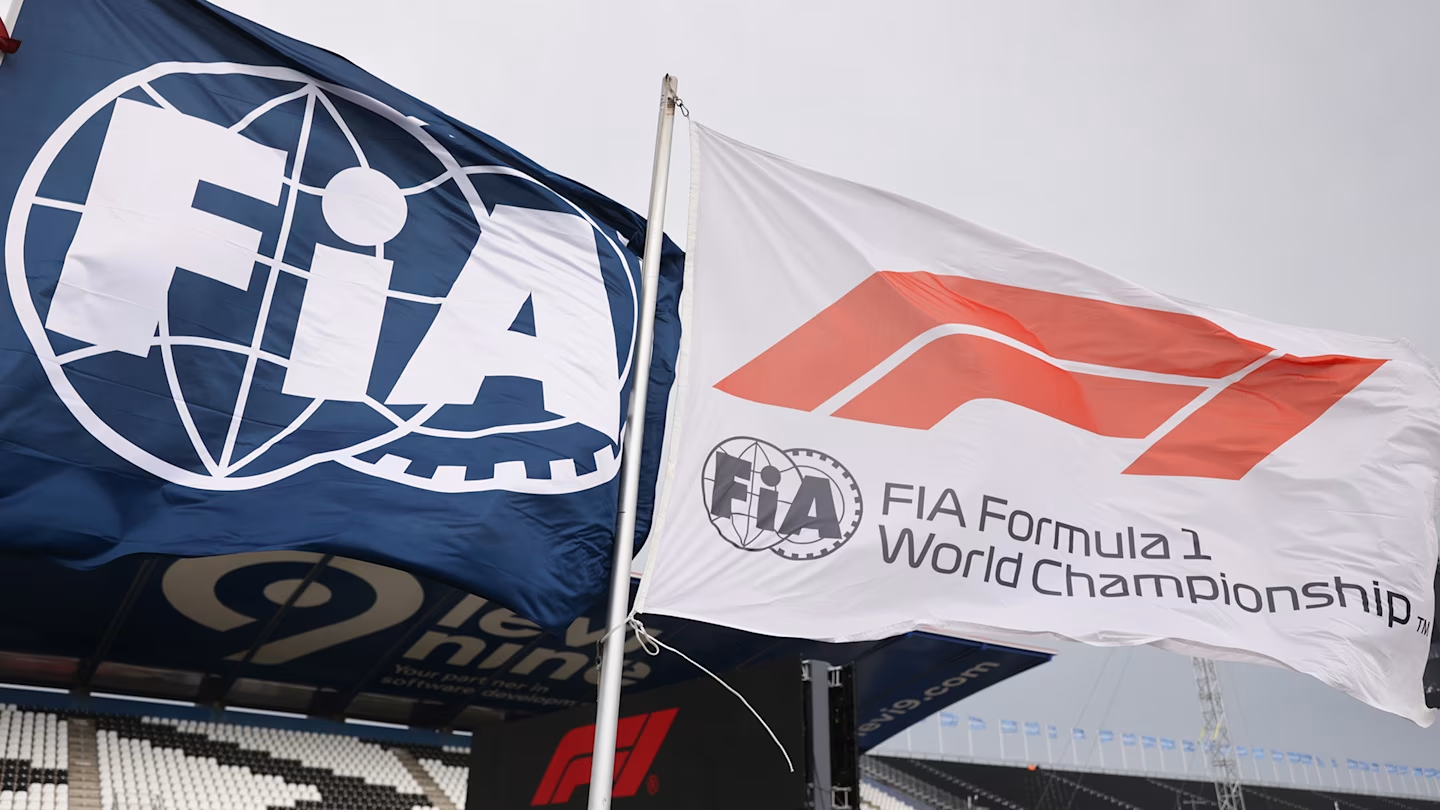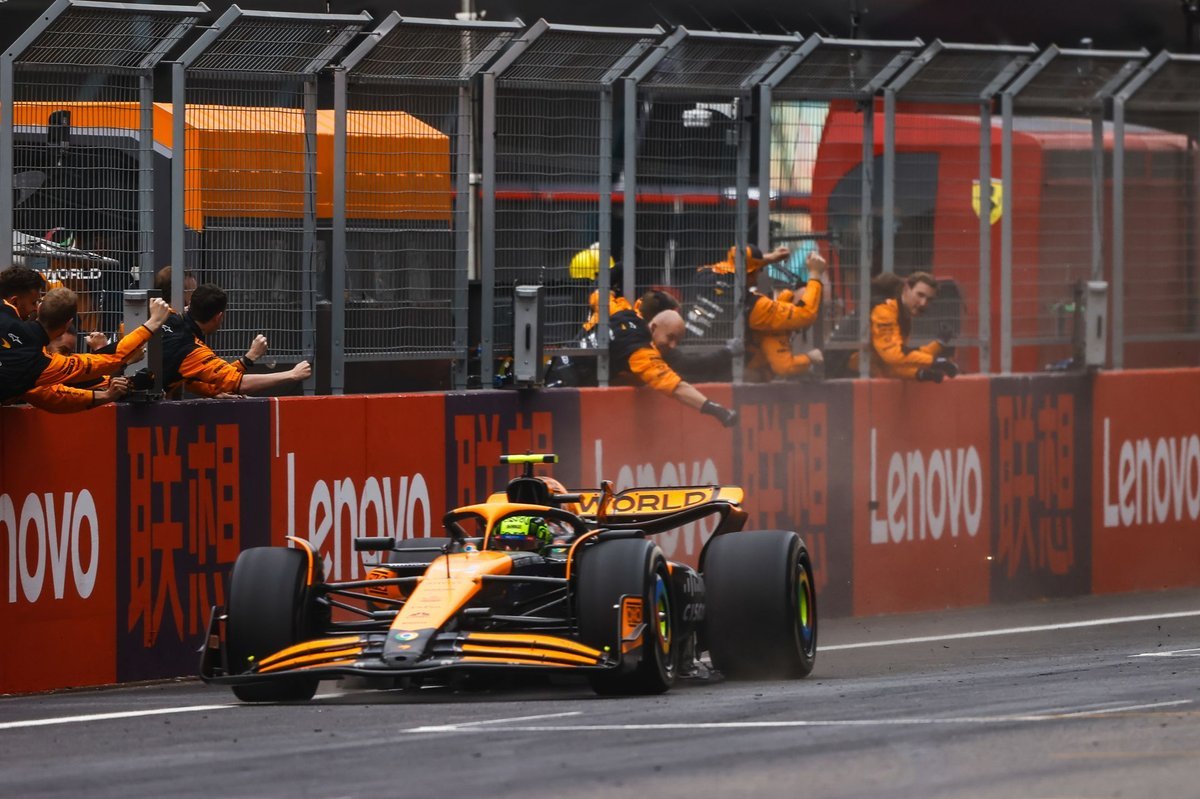
Source – Formula1.com
After a meeting of the FIA World Motor Sport Council, the fastest lap bonus point is going to be eliminated from the 2025 competition. The council met on Thursday and authorized a reorganization of the 2026 ruleset in addition to some modest adjustments to the current Sporting and Technical regulations.
The FIA World Motor Sport Council gathered for the third time in 2024 under the chairmanship of FIA President Mohammed Ben Sulayem. With some members present at the Paris offices and others joining via video conference, the council addressed numerous significant updates aimed at shaping the future of Formula 1. Among the key changes confirmed for the 2025 season was the removal of the bonus point awarded for setting the fastest lap in a Grand Prix. This decision marks the end of a feature that has added an extra layer of excitement to races since it was introduced in 2019. However, that’s not the only shift on the horizon. In another move designed to help develop emerging talent, the FIA has increased the requirement for teams to field a young driver during free practice sessions. Previously mandated once per season, teams will now be required to do so twice, emphasizing the governing body’s commitment to providing opportunities for the next generation of racers.
As the sport gears up for these 2025 changes, an even larger overhaul is on the horizon for 2026. One of the most critical announcements made during the meeting was a significant update to the 2026 regulations. A new structure for these regulations, which will be divided into thematic sections, aims to offer clarity and consistency across the board. The FIA emphasized that this overhaul is intended to ensure that teams and stakeholders alike can navigate the regulations more easily. This shift is part of a broader strategy to modernize the sport while maintaining its competitive edge.
Aerodynamics were another focal point of the discussion, with the 2026 Technical Regulations—initially approved in June—undergoing extensive enhancements. The goal of these improvements is twofold: to boost car performance while still managing wake characteristics in a way that promotes close and exciting racing. This balance is critical to maintaining the thrilling on-track action that fans have come to expect from F1. Collaboration between the FIA, F1, and teams has been essential in reaching these advancements, ensuring that the regulations support both innovation and the spectacle of the sport.
In terms of sporting regulations, the council confirmed a significant update aimed at simplifying and modernizing the structure of the rules. Central to this effort is a focus on energy management for the new power units and the regulation of adjustable aerodynamics. This includes a ‘straight-line mode’ for reducing drag and a ‘cornering mode’ for enhancing downforce—technologies that will play a vital role in the cars of 2026. These measures reflect the FIA’s desire to strike a balance between technology and competition, ensuring that the racing remains fast, fierce, and unpredictable.
To help teams adapt to the changes in power units, it was also confirmed that three pre-season tests of three days each will take place ahead of the 2026 season. This increased testing period acknowledges the challenges posed by the new regulations and gives teams ample time to fine-tune their machines before the lights go out on the new era of F1.
Financial regulations, another area of major focus, are also set to be overhauled. Simplification is the key objective here, with the aim being to make the 2026 Financial Regulations more streamlined and easier to navigate. Changes will include updates to the exclusion perimeter and adjustment methodologies, making it easier for teams to remain compliant while allowing the FIA to more effectively monitor the sport’s financial health. Importantly, despite these updates, the overall level of the cost cap will remain at a similar level to what is currently in place, adjusted for inflation. The changes, however, ensure that F1 remains financially robust, enabling the sport to continue its push for both sustainability and excitement on track.
Looking ahead, further elements of the 2026 regulatory package are still in development and will be submitted for approval in the coming months. This refinement process will continue in collaboration with the FIA, F1, and the teams to ensure that the sport’s next era is one of growth, excitement, and innovation.
Reflecting on the progress made during the meeting, President Mohammed Ben Sulayem expressed his gratitude to F1 President and CEO Stefano Domenicali, acknowledging the importance of their partnership in driving the future of the sport. “The regulation changes for Formula 1 in 2026 will ensure the sport remains financially robust and has greater road relevance, alongside the introduction of upgraded safety features that do not compromise exciting racing,” he said, underscoring the dual focus on innovation and competition that will define F1’s future.
With these sweeping changes now on the horizon, the FIA is poised to guide Formula 1 into a new era—one where performance, sustainability, and spectacle align like never before. The 2026 season is already shaping up to be a transformative moment for the sport, promising to deliver faster, safer, and more thrilling racing for years to come.













